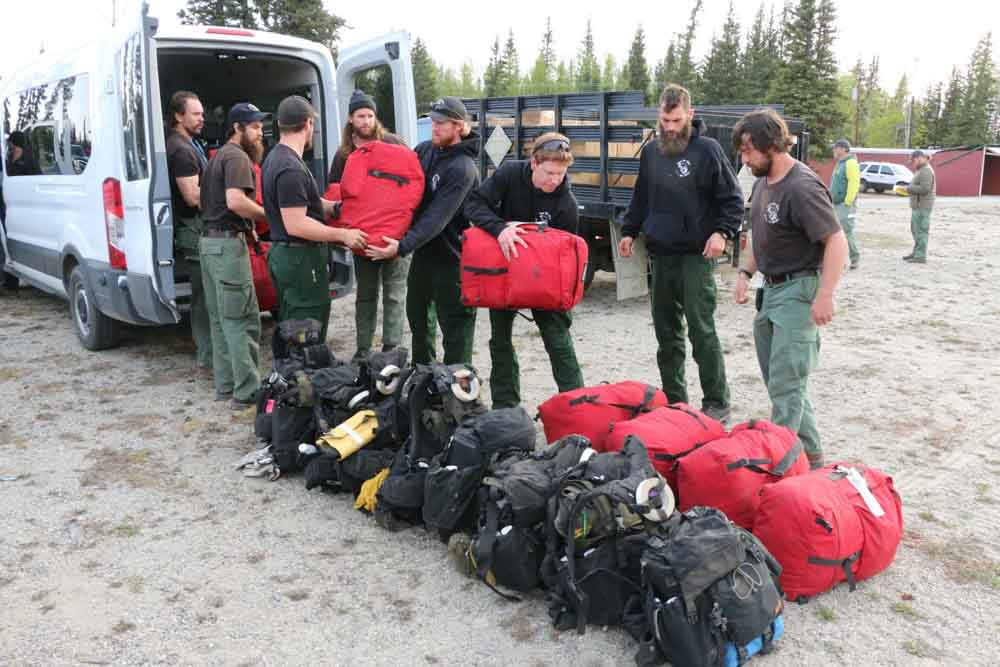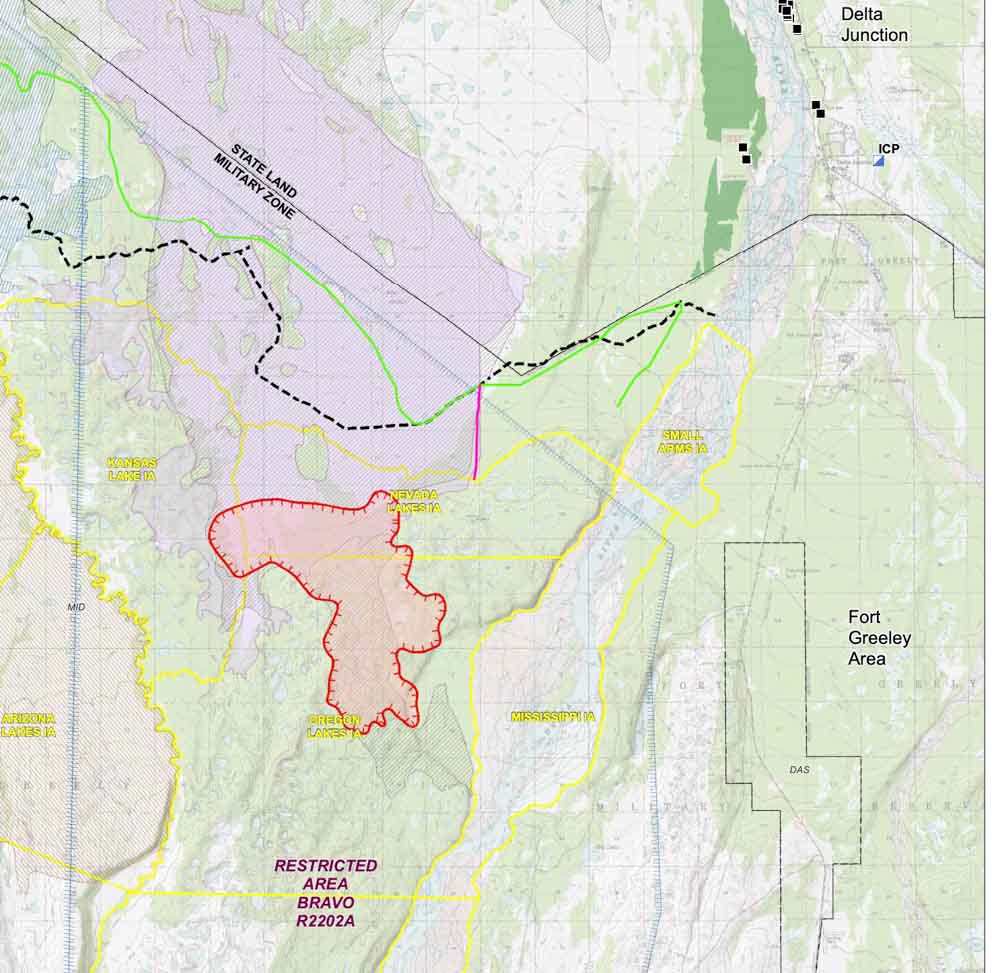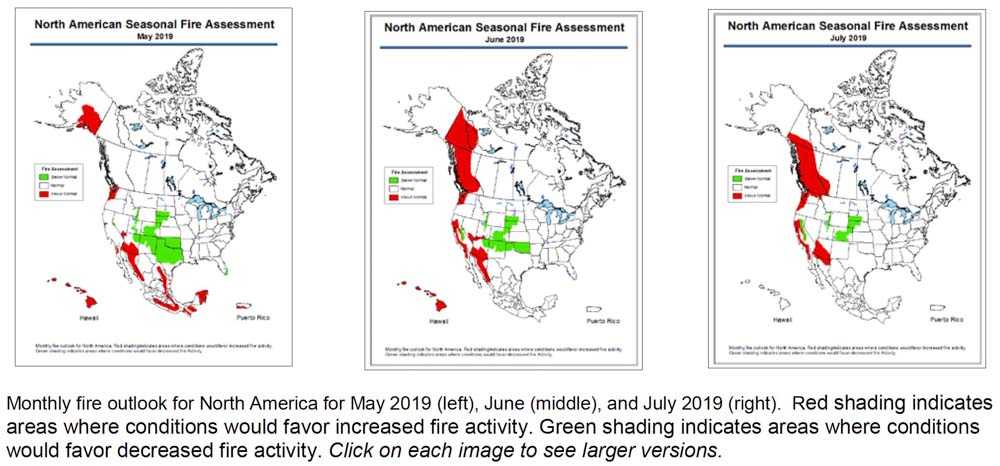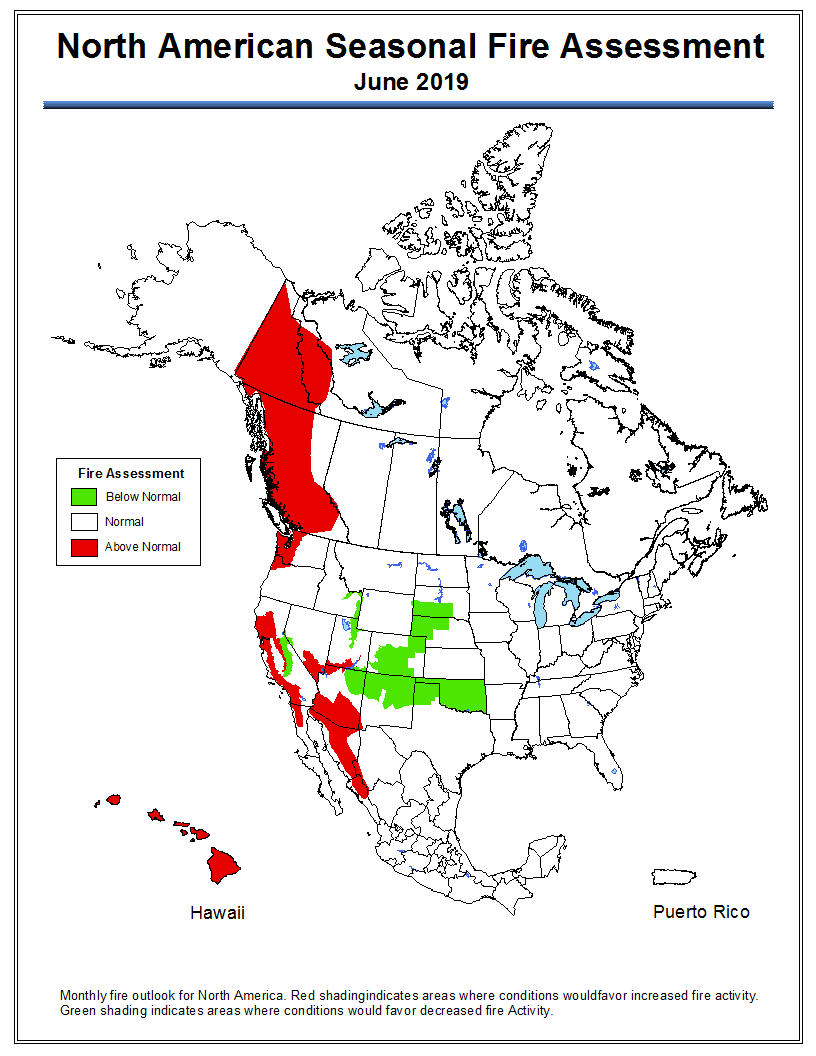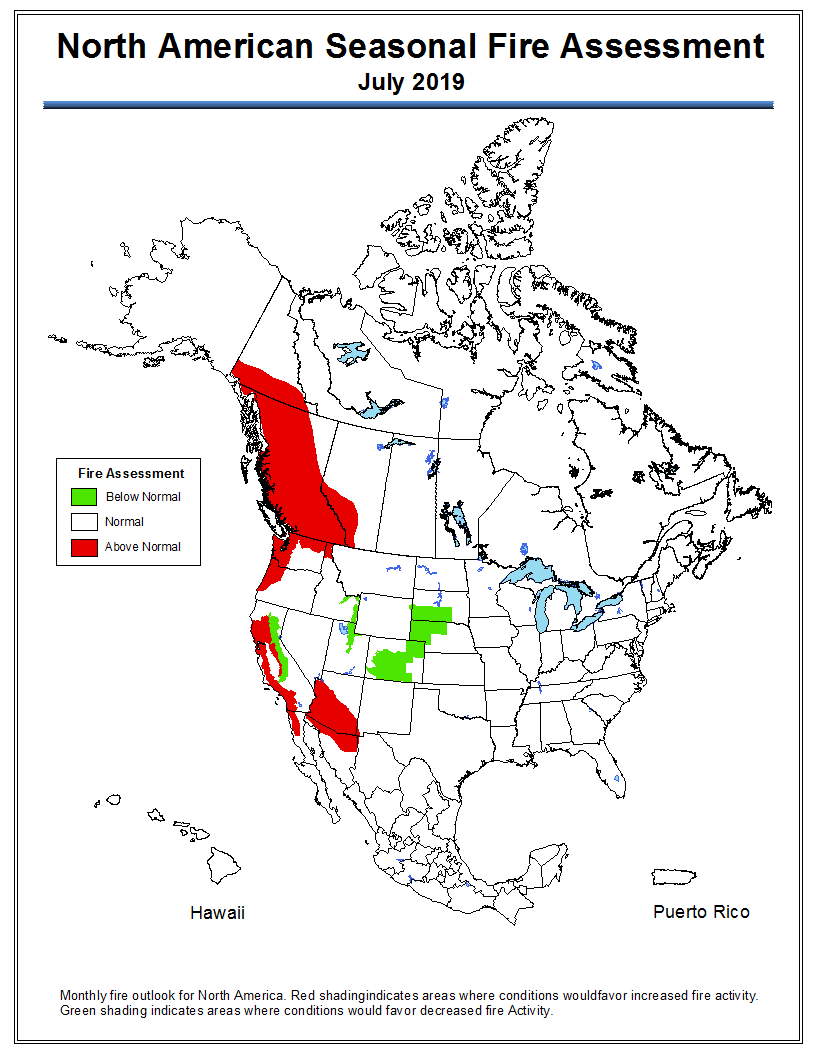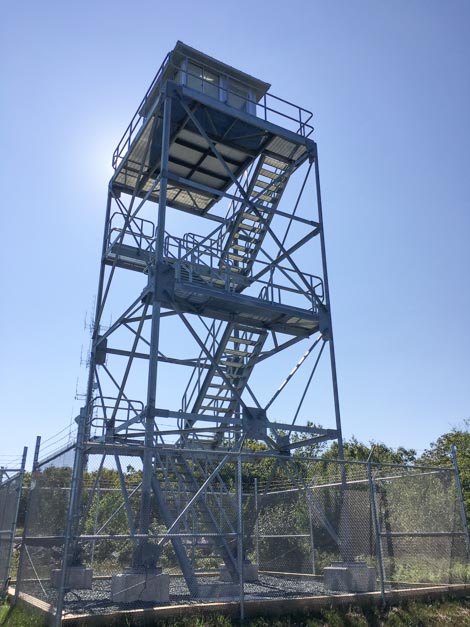
Three environmental advocacy organizations have filed suit to block the 10-year renewal of grazing permits for Dwight and Steven Hammond on land administered by the Bureau of Land Management in Oregon.
Below are excerpts from an article at Oregon Live:
Western Watersheds Project, the Center for Biological Diversity and Wildearth Guardians filed a complaint in U.S. District Court in Pendleton against the interior secretary, the U.S. Bureau of Land Management and the district manager of the land bureau’s Burns District office.
The three groups argue that then-Interior Secretary Ryan Zinke’s renewal of the grazing permit after the Hammonds were issued pardons violated federal administrative regulations because it failed to consider the Hammonds’ unsatisfactory record.
The groups contend the father and son’s cattle-grazing record violated regulations set by the Federal Land Policy and Management Act and the Department of Interior and that the new permit didn’t undergo proper environmental assessments.
On Jan. 29, Zinke ordered the permit renewal for Hammond Ranches Inc. to last through 2024.
In February 2014, the federal agency rejected the Hammonds’ renewal application, citing their criminal convictions for setting fire to public land.
Before a 40-day armed takeover and occupation of the Malheur National Wildlife Refuge by Ryan and Ammon Bundy, inspired by the incarceration of Dwight and Steven Hammond in 2016, the Hammonds set fires in 2001 and 2006 that started on or spread onto public lands and endangered wildland firefighters, in some cases forcing them to take evasive action when their safety was compromised. On one incident fleeing firefighters were led to safety via radio by an orbiting Air Attack.
Court documents revealed that the Hammonds conscripted a 13-year old to help ignite a fire who was too successful. He found himself surrounded by flames and fearing for his life. A group of three hunters, whose location was known to the Hammonds, were also threatened by one of the fires and had to hurriedly evacuate the area without having time to pack up the equipment at their campsite. The Hammonds also had several previous run-ins with law enforcement.
While the Hammonds were in prison for the arson on federal land convictions, President Trump issued them full pardons.
For more information about the Hammonds, check out the detailed timeline we put together covering their interactions with the legal system between 1994 and 2015. We developed the timeline from court documents, information provided by U.S. Attorney’s Office spokesperson Gerri Badden, and other sources provided by some of our loyal readers.
The article was corrected to show that Ryan and Ammon Bundy led the 40-day armed takeover and occupation of the Malheur National Wildlife Refuge in 2016.
Thanks and a tip of the hat go out to Kelly. Typos or errors, report them HERE.


